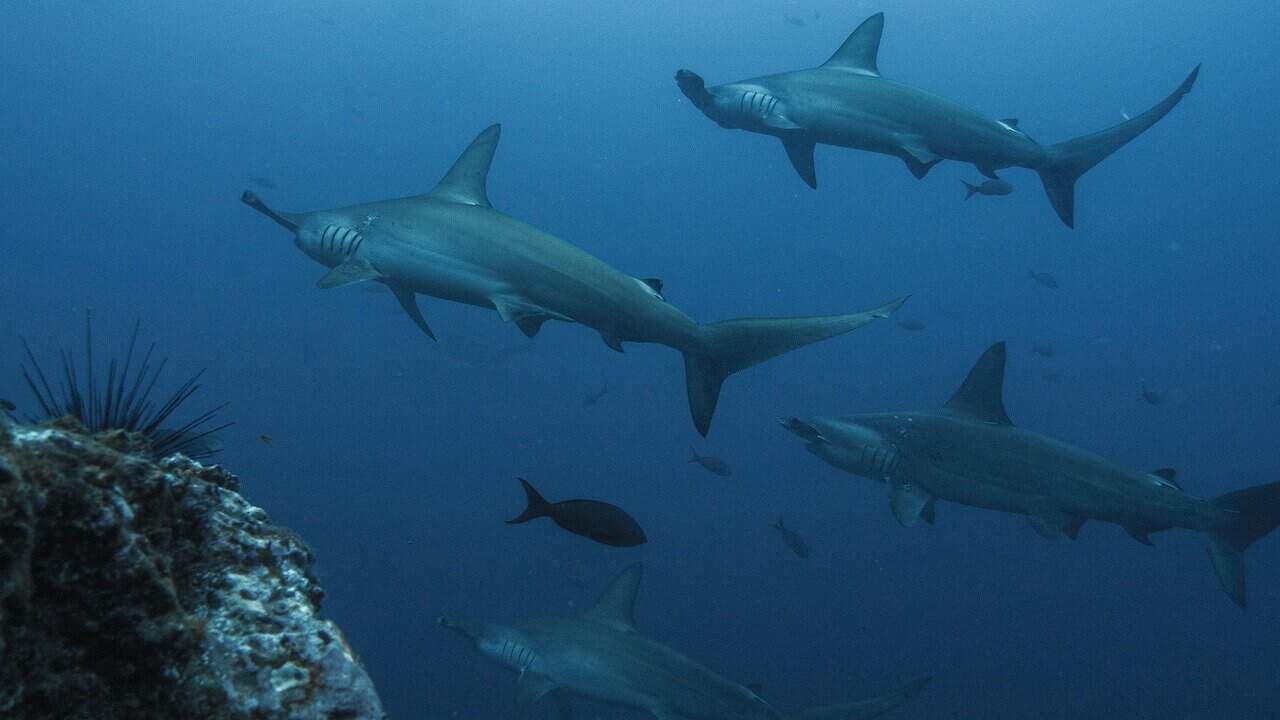Costa Rica received a $15.6 million grant from the Global Environment Facility (GEF) to continue to improve conservation efforts for the Eastern Tropical Pacific Marine Corridor (CMAR), a biodiverse marine region shared with Panama, Ecuador, and Colombia. This funding underscores Costa Rica’s leadership in global environmental stewardship and its commitment to protecting one of the planet’s most ecologically significant marine zones.
The GEF, a financial institution making up 18 international entities—including United Nations agencies, multilateral development banks, national organizations, and international NGOs—supports global environmental initiatives. The $15.6 million will fund the “Beyond 30×30: Ensuring Resilience in the Eastern Tropical Pacific” project, which aims to strengthen the resilience of the CMAR through improved cross-border cooperation and active involvement of coastal communities, particularly those in Costa Rica’s Pacific regions.
The Eastern Tropical Pacific Marine Corridor spans over 500,000 square kilometers, linking key marine protected areas such as Costa Rica’s Cocos Island National Park, a UNESCO World Heritage Site, with Ecuador’s Galapagos Islands, Colombia’s Malpelo Fauna and Flora Sanctuary, and Panama’s Coiba National Park. This convergence of warm and cold ocean currents provides unique tropical, subtropical, and temperate ecosystems, supporting migratory species like sea turtles, whales, and hammerhead sharks, as well as endemic species found nowhere else.
Led by CMAR and Conservation International, with execution by the Pacific Foundation, the project will conserve at least 31.25 million hectares of the marine corridor. It focuses on strengthening regional governance, ensuring ecological connectivity, and promoting climate-resilient management. In Costa Rica, the initiative will prioritize sustainable development for coastal communities, aligning conservation with blue economy opportunities such as eco-tourism and sustainable fisheries.
“This milestone reinforces Costa Rica’s commitment to the blue agenda and the fight against climate change, especially as we prepare to co-host the third United Nations conference on the ocean with France,” said Franz Tattenbach, Costa Rica’s Minister of Environment and Energy. He described the GEF-funded project as “a landmark achievement in protecting one of the world’s most biodiverse and vulnerable marine regions.”
The funding was announced during a meeting of CMAR environment ministers in San José, where Costa Rica highlighted its 20-year leadership in the corridor, established through the 2004 San José Declaration. The meeting also marked Panama’s assumption of the CMAR presidency and celebrated the corridor’s role in advancing global biodiversity goals, including the 30×30 target to protect 30% of marine areas by 2030.
For Costa Rica, the project improves protections for Cocos Island and surrounding waters, a cornerstone of our country’s ecotourism industry, while addressing threats like illegal fishing. By fostering regional cooperation and community engagement, the $15.6 million initiative positions Costa Rica as a global leader for transboundary marine conservation, making sure the Eastern Tropical Pacific’s ecological treasures lasts for generations to come.






